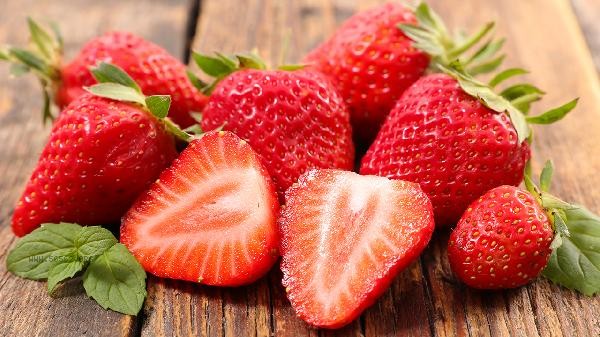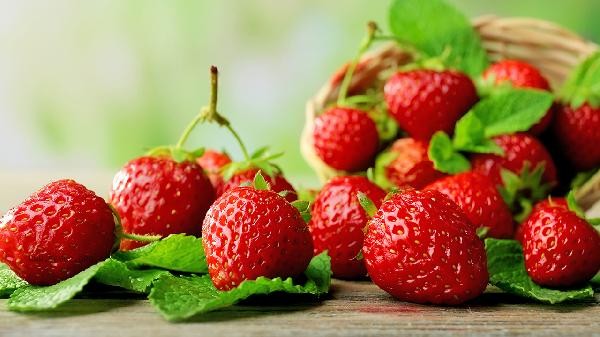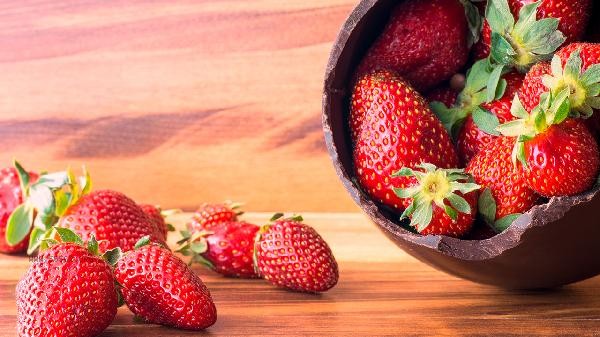The ripening and harvesting time of strawberries is mainly concentrated from December to April of the following year, and the specific time is influenced by factors such as variety differences, planting methods, climate conditions, regional distribution, and cultivation techniques.

1. Variety Differences
There are significant differences in the maturity period of different strawberry varieties. Early maturing varieties such as Hongyan usually begin to mature around December, medium maturing varieties such as Zhangji are harvested in January and February, and late maturing varieties such as Sweet Charlie can continue until March and April. Four season strawberries can achieve multi season fruiting under temperature control conditions, but in natural environments, winter and spring are still the main production periods.
2. Planting Method
Greenhouse planting can advance strawberry ripening to November by adjusting temperature and humidity, and the harvesting period lasts until May of the following year. Outdoor cultivation is limited by natural climate, and the maturity period is concentrated from February to April. The combination of soilless cultivation and supplementary light technology can further extend the harvesting period.
3. Climate Conditions
Strawberries mature earlier in warm southern climates, and can be harvested in December in Jiangsu, Zhejiang, and Shanghai regions. Harvesting in cold northern regions can only be done in February or March. Regions with large temperature differences between day and night have more abundant fruit sugar accumulation, but the ripening time may be delayed.

4. Regional Distribution
High altitude areas such as Yunnan can achieve year-round supply by utilizing three-dimensional climate, with the main peak period from January to March. Traditional production areas such as Shandong tend to mature in March and April. The harvesting period in some areas of Liaoning with developed facility agriculture can be advanced to December.
5. Cultivation Techniques
By breaking dormancy through cold treatment, supplementing light to promote flowering, and other techniques, early maturity can be achieved. Reasonable use of organic fertilizers can prolong the fruiting period, but excessive ripening can affect the flavor. The drip irrigation system combined with plastic film covering has a significant regulatory effect on the maturity time.

When choosing strawberries, it is recommended to choose fruits with fresh green stems and raised surface grains, and avoid immediate refrigeration after picking to preserve the aroma. Strawberries from different production areas have their own unique flavors. Early maturing varieties grown in greenhouses can be preferred in winter, while strawberries grown outdoors in spring have a better taste. Strawberries are rich in vitamin C and anthocyanins, and it is recommended to consume about 200 grams per day. When cleaning, it is recommended to gently rinse with running water and keep the fruit stems. People who are allergic to strawberries should consume them with caution, and those with weak gastrointestinal function should avoid eating on an empty stomach.








Comments (0)
Leave a Comment
No comments yet
Be the first to share your thoughts!